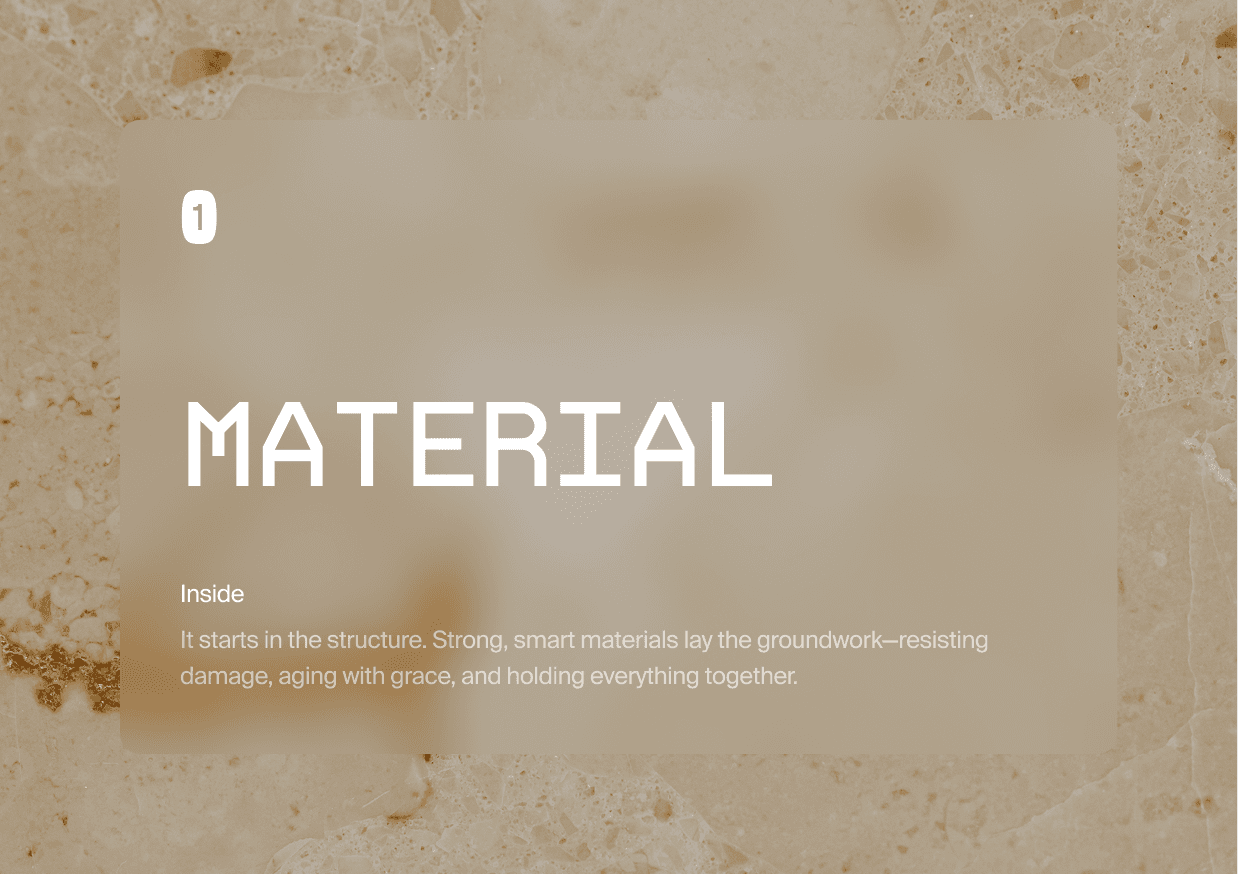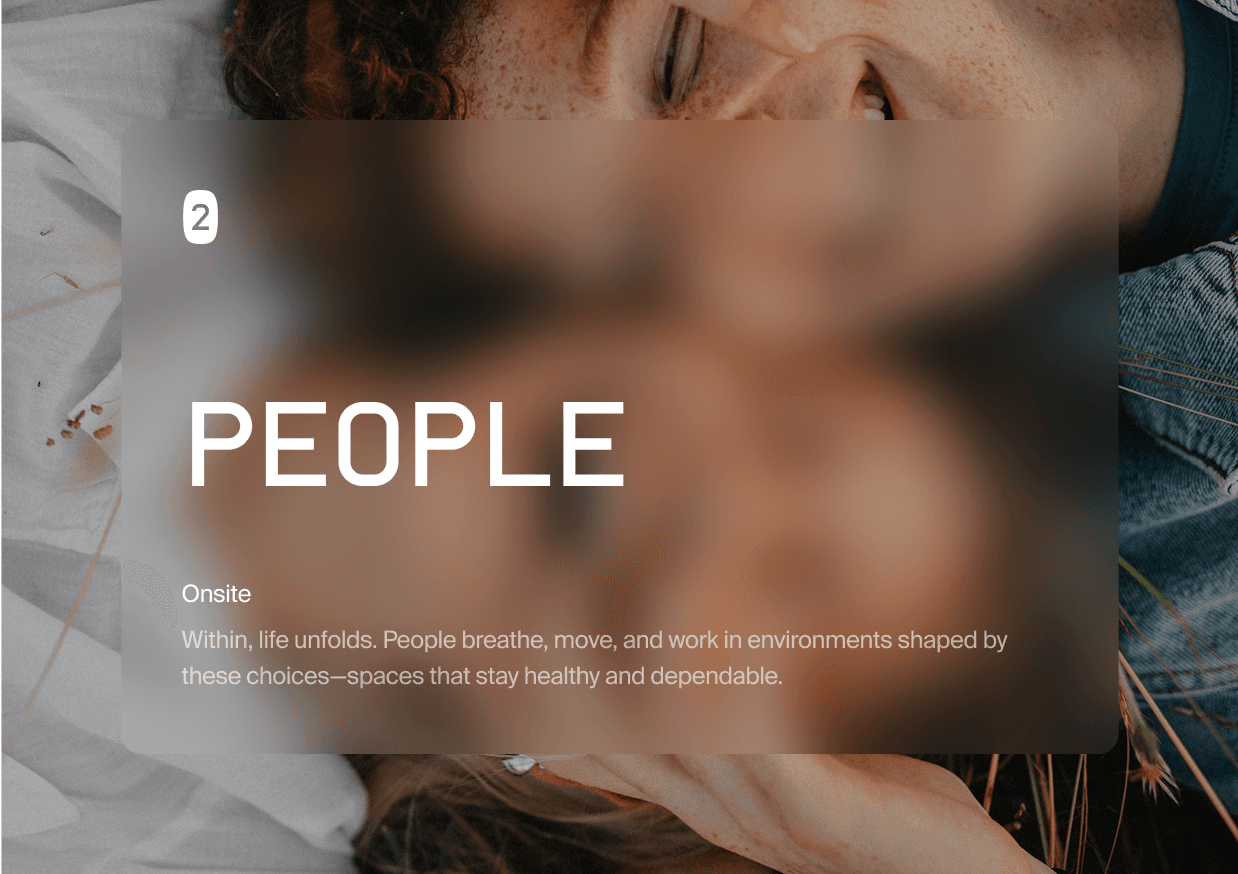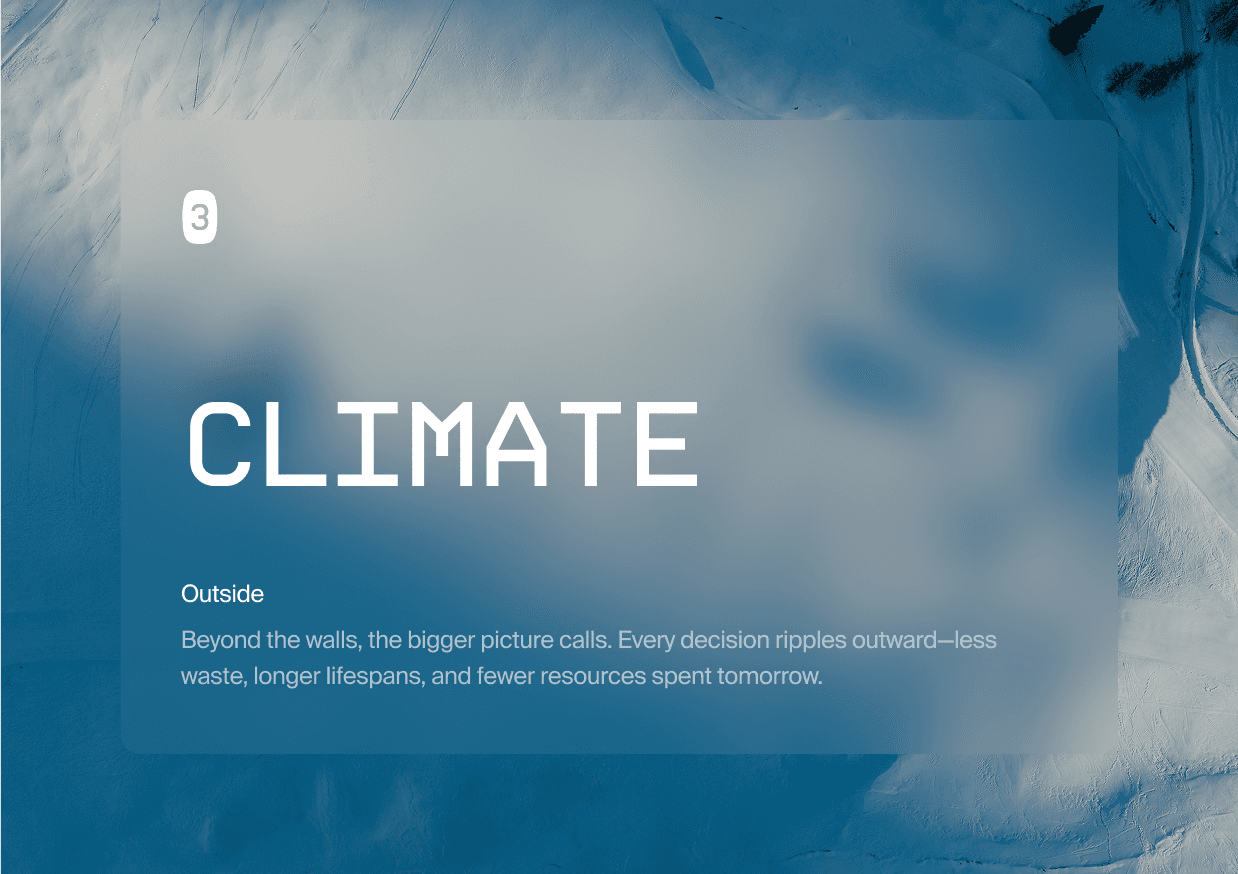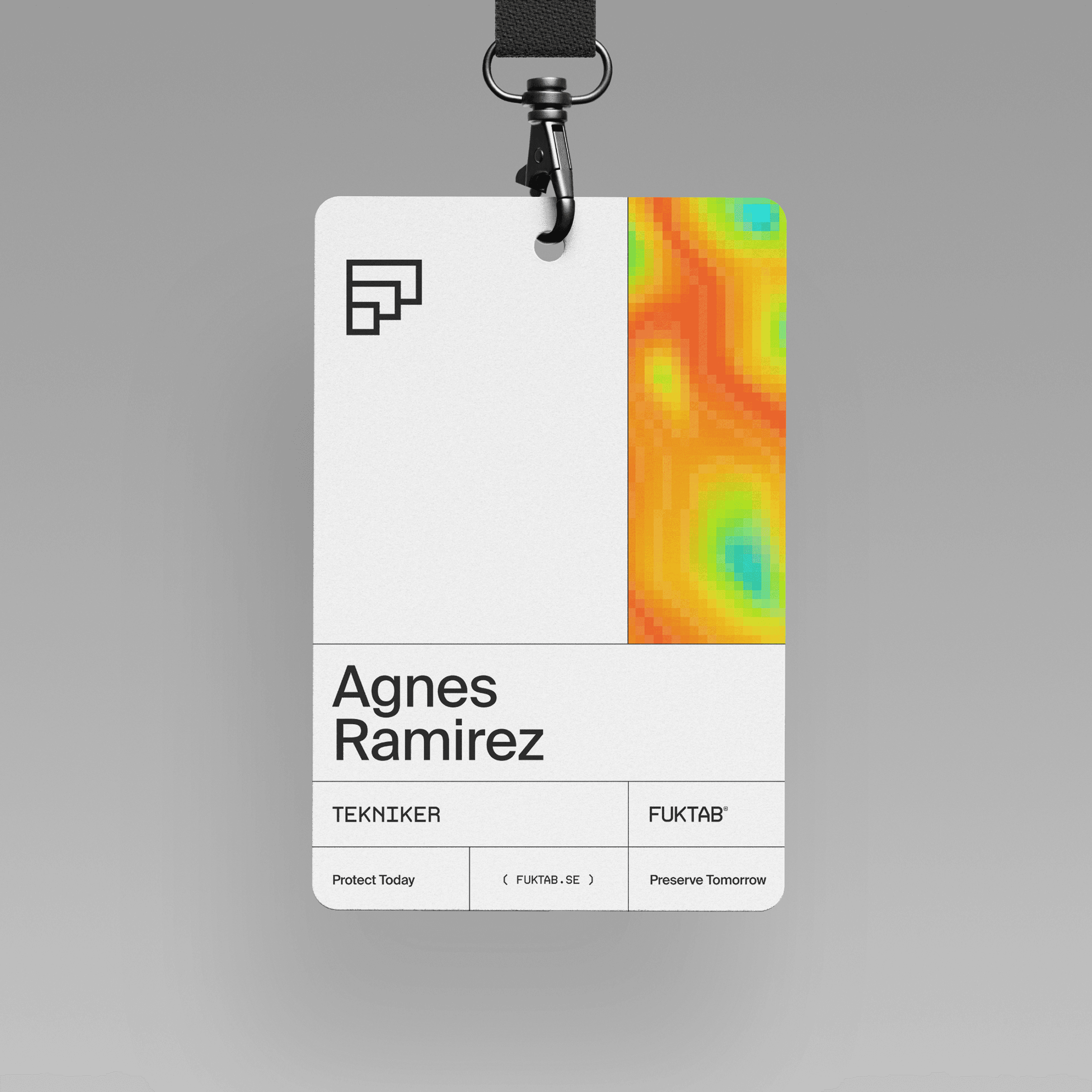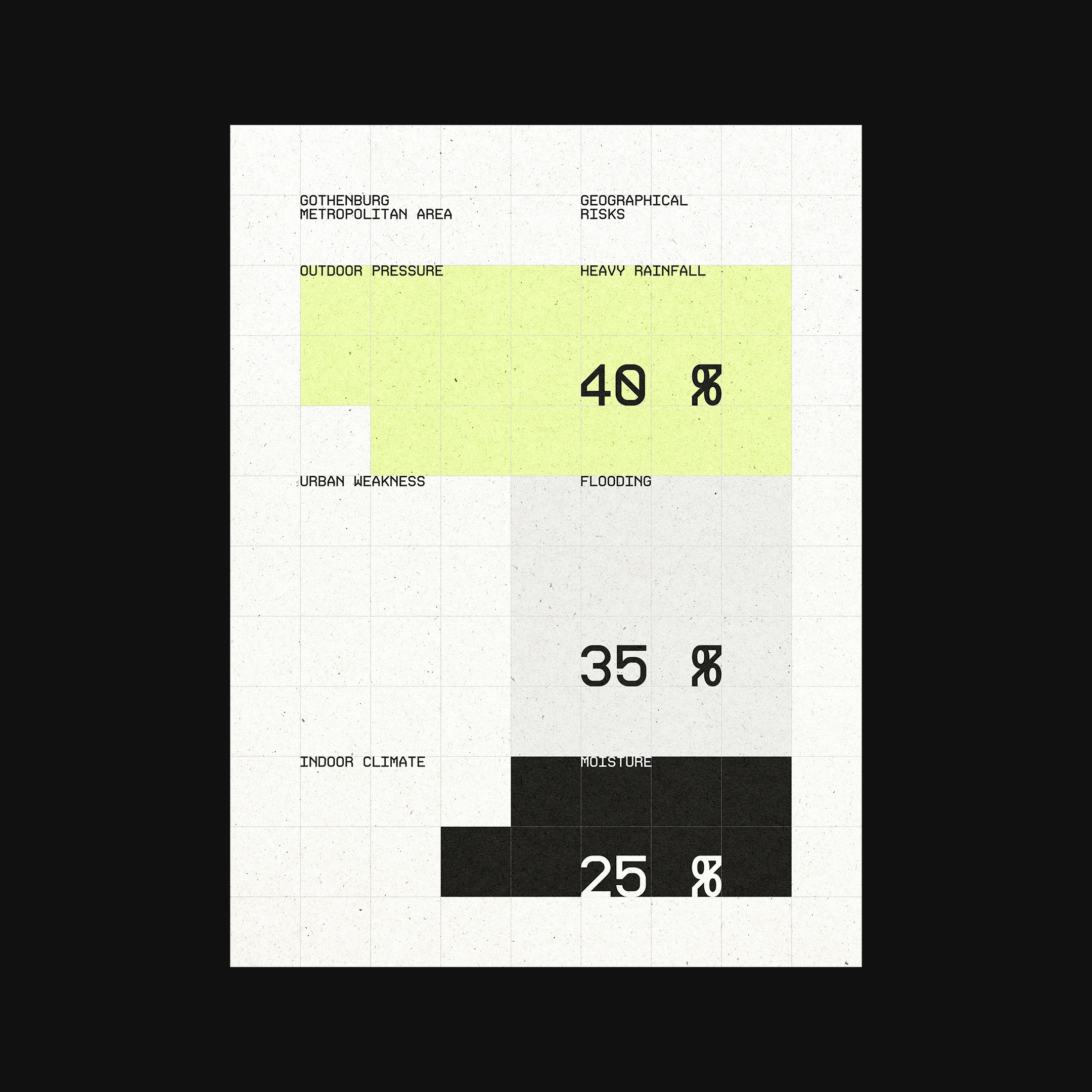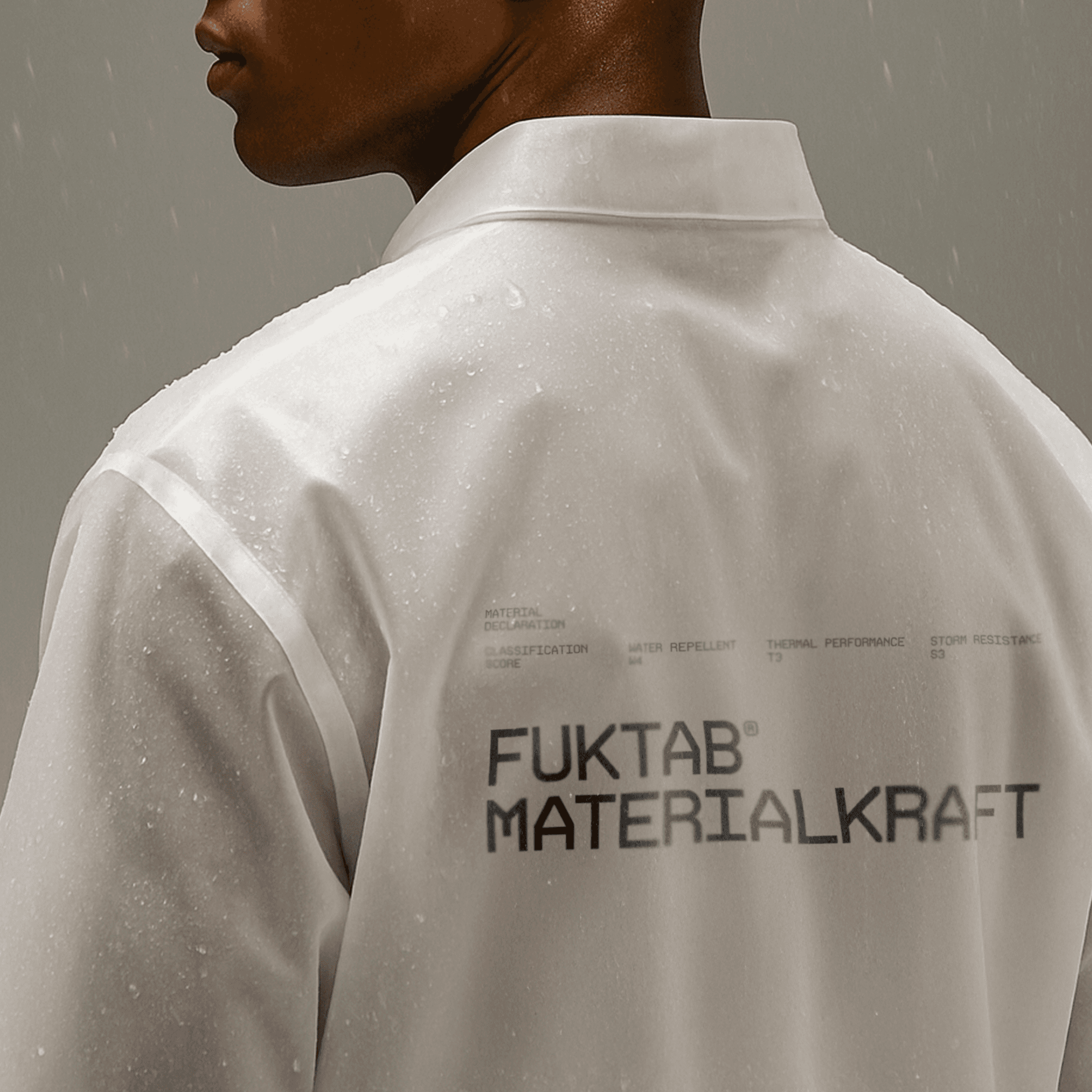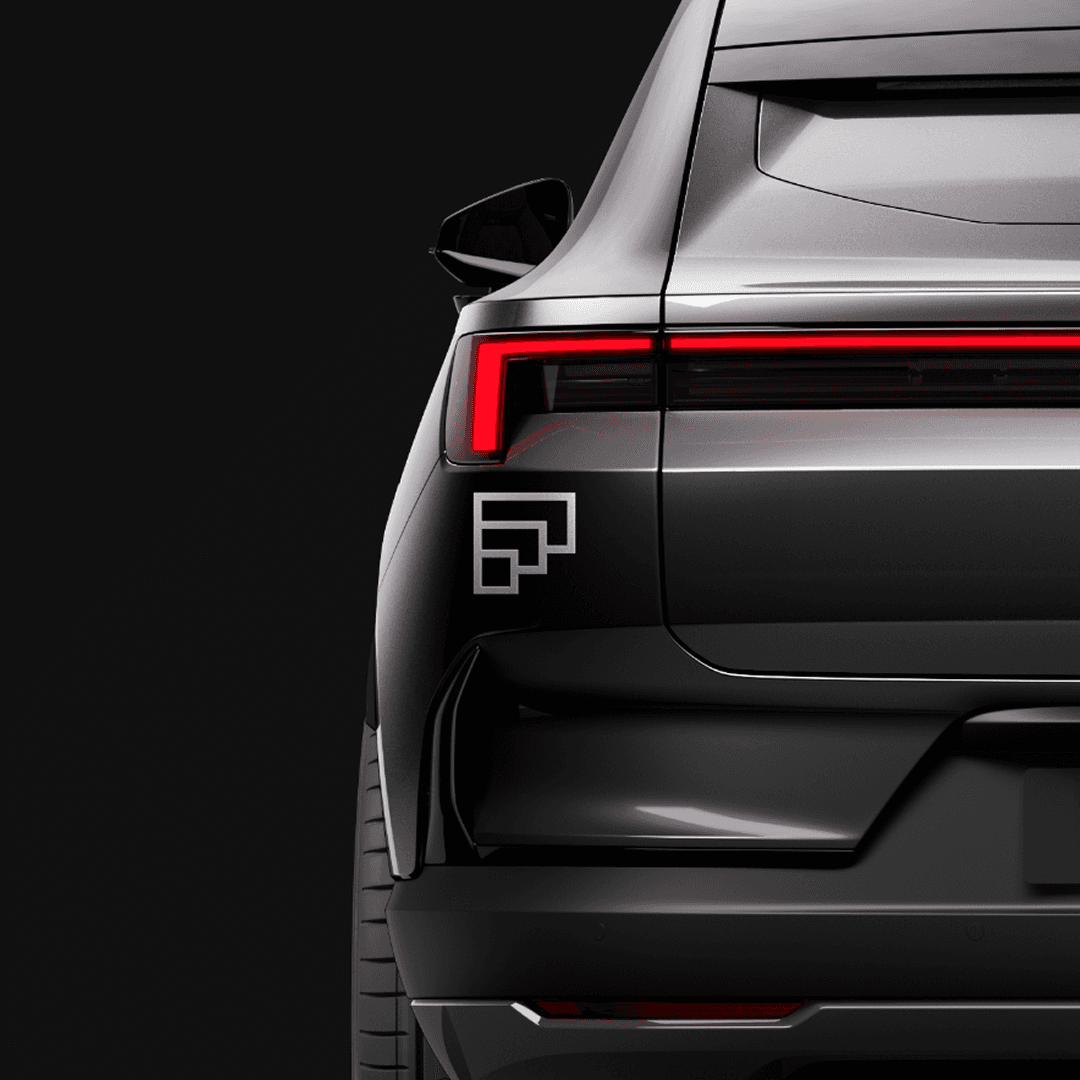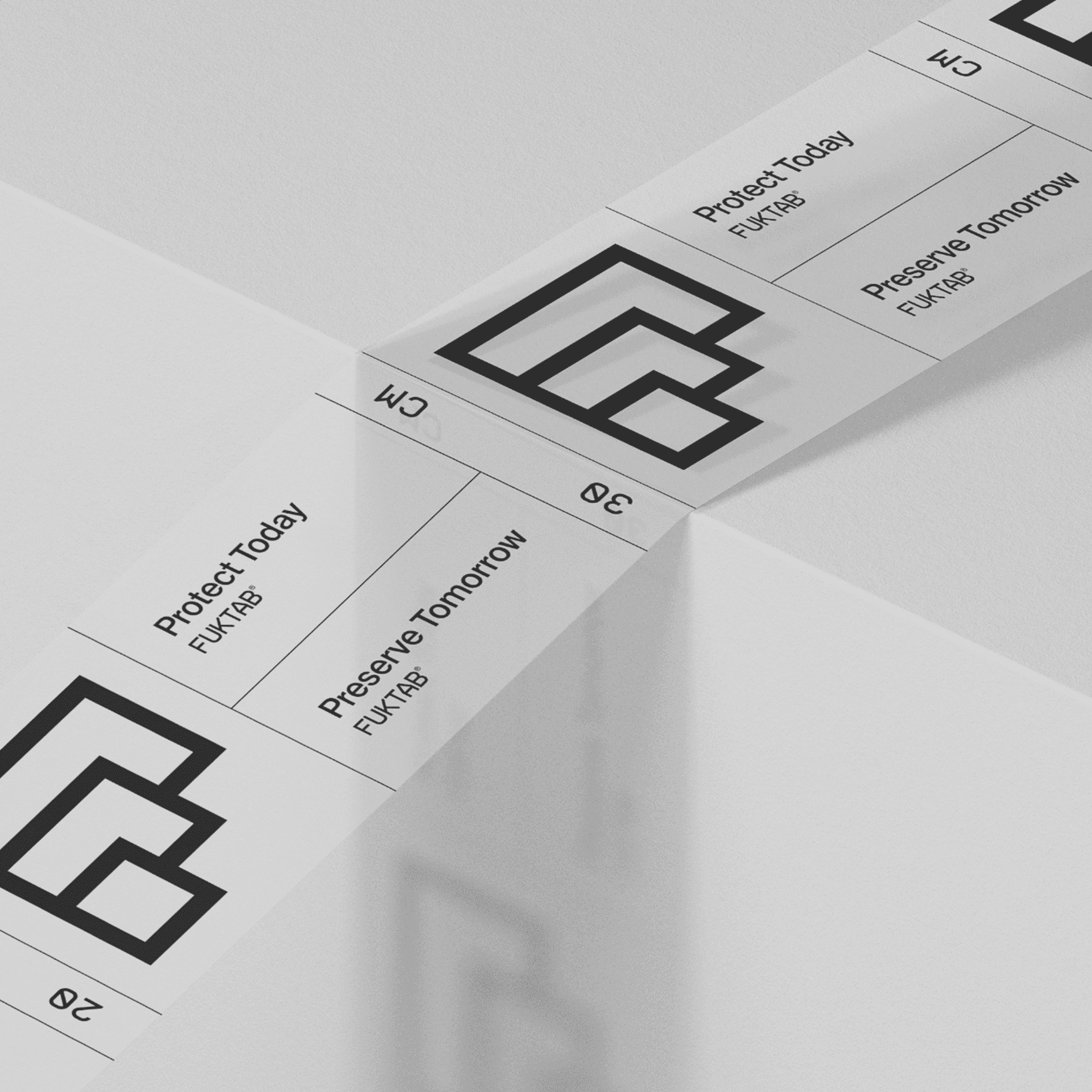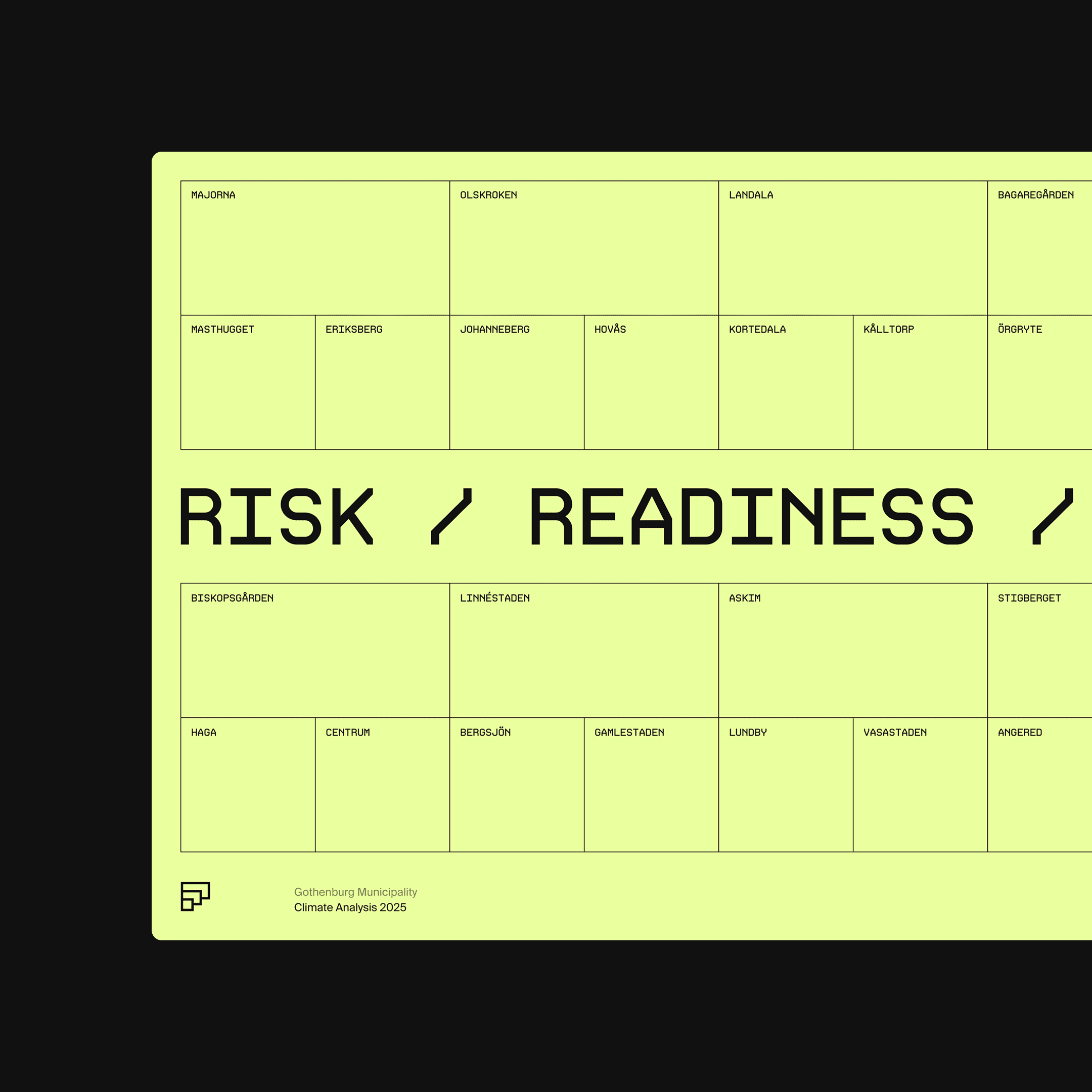Case Study
Fuktab
What we did
Future Design
Business Design
Brand Design
Experience Design
The climate is changing—not in the distant future, but now.
Built in Layers
Every symbol carries a story. Fuktab’s mark is built on three layers—materials, people, and climate. Together they form a chain of responsibility: from the integrity of what we build, to the lives lived within it, to the wider climate that holds us all. A reminder that resilience begins inside, and extends outward.
Fuktabs transformation
From Moisture control
To Material Resilience
From Reactive response
To Proactive Solutions
From Executor
To Advisor and Monitor
From Project-based
To Partnership
From Supplier
To Leader
A word from the CEO
Patrik Haglund
"Fuktab’s transformation is not just about messaging—it’s about entering a broader, more future-facing market. Where we were once limited to emergency response and damage control, we now work upstream, addressing the growing demand for proactive strategies in building performance.
This shift has allowed Fuktab to serve a wider range of clients: property developers planning for long-term durability, municipalities preparing for extreme weather, and architects looking to minimize environmental impact. The business is no longer confined to moisture incidents—it’s built around material knowledge, climate data, and structural foresight."
Life inside buildings
Patterns and flows
Forces made visible
Traces in matter
Mapping resilience
Making a Category Visible
Every new category needs to be seen before it can be believed. Material Resilience is visualized through perspectives that stretch from the smallest details to the widest views—showing how technology, materials, buildings, and people are all connected. Only when these layers work together does resilience take shape, turning an idea into a world you can step into.


